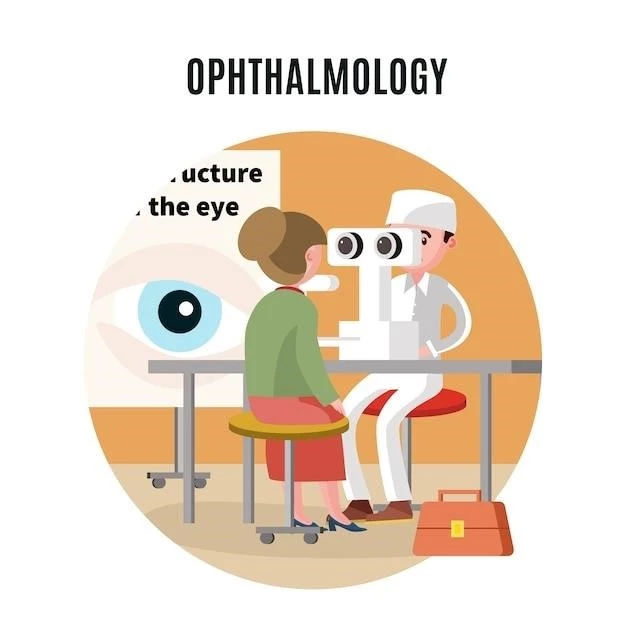Introduction
Xerophthalmia refers to the constellation of ocular signs and symptoms associated with Vitamin A deficiency. It includes conjunctival and corneal xerosis, Bitots spots, keratomalacia, nyctalopia, and retinopathy. Even today, xerophthalmia is a major problem in developing countries and is a leading cause of preventable blindness.
Overview of Xerophthalmia
Xerophthalmia is a medical condition associated with Vitamin A deficiency, leading to dry eyes and various ocular complications. Understanding the causes, symptoms, prevention, and potential complications of xerophthalmia is crucial for maintaining optimal eye health.

Causes and Symptoms
Learn about the causes and symptoms of xerophthalmia, a condition related to Vitamin A deficiency, which manifests as dry eyes and various ocular complications. Early recognition and treatment are vital for maintaining optimal eye health.
Vitamin A Deficiency
Vitamin A deficiency is a key factor in the development of xerophthalmia, a condition characterized by dry eyes and serious ocular complications. Adequate intake of Vitamin A is crucial to prevent this deficiency and maintain optimal eye health. Consult a healthcare professional for personalized advice on ensuring proper Vitamin A levels in your diet.
Ocular Signs and Symptoms
Understanding the ocular signs and symptoms of xerophthalmia is crucial for timely identification and management of this condition. From dry eyes to potential visual disturbances, recognizing these manifestations can lead to early intervention and prevention of further complications. Regular eye examinations and seeking medical advice for any concerning symptoms are essential steps in maintaining eye health.
Prevention and Reversal
Discover how to prevent and reverse xerophthalmia by ensuring adequate Vitamin A intake. Early intervention is key in avoiding eye complications related to Vitamin A deficiency. Consult with a healthcare provider for personalized recommendations on maintaining optimal eye health.
Importance of Vitamin A
Understanding the importance of Vitamin A in preventing xerophthalmia is crucial for maintaining healthy eyes. Vitamin A plays a vital role in various ocular functions and deficiencies can lead to a range of eye complications. Ensuring an adequate intake of Vitamin A through diet or supplements can help prevent xerophthalmia and promote overall eye health. Consult with a healthcare professional for personalized guidance on maintaining optimal Vitamin A levels.
Treatment Options
Knowing your treatment options for xerophthalmia is crucial in managing this condition effectively. From increasing Vitamin A intake to using artificial tears, there are various approaches to alleviate symptoms and prevent complications. Consulting with a healthcare professional will help determine the most suitable treatment plan for your specific needs.
Global Impact
Discover the significant impact of xerophthalmia in developing countries, where it is a major problem and a leading cause of preventable blindness. Understanding the prevalence and consequences of xerophthalmia can help raise awareness and promote interventions to address this serious issue.
Prevalence in Developing Countries
In developing countries, xerophthalmia is prevalent due to vitamin A deficiency, being a top cause of preventable blindness. Understanding the high occurrence in these regions emphasizes the importance of adequate nutrition and access to healthcare to prevent this condition and its severe consequences on eye health.
Xerophthalmia is recognized as a top cause of preventable blindness globally, particularly prevalent in developing countries due to vitamin A deficiency. By addressing this crucial issue through adequate nutrition and healthcare interventions, significant progress can be made in reducing avoidable blindness cases associated with xerophthalmia.

Diagnosis and Management
Recognizing the signs of xerophthalmia early is crucial for effective management. Seeking prompt medical attention and adhering to treatment regimens recommended by healthcare professionals are essential in managing this condition and preventing long-term complications.
Top Cause of Preventable Blindness
Xerophthalmia is recognized as a top cause of preventable blindness globally, particularly prevalent in developing countries due to vitamin A deficiency. By addressing this crucial issue through adequate nutrition and healthcare interventions, significant progress can be made in reducing avoidable blindness cases associated with xerophthalmia.
Medical Interventions
When managing xerophthalmia, medical interventions play a crucial role in addressing the symptoms and underlying causes of the condition. Healthcare professionals may recommend specific treatments such as increasing Vitamin A intake, using artificial tears, or other targeted therapies to alleviate dry eyes and prevent further complications. Regular monitoring and adherence to the prescribed interventions are essential for effective management of xerophthalmia.
Complications and Long-Term Effects
Prevent the progression to blindness by recognizing the early signs of xerophthalmia. Seek medical advice for proper management and protect your eye health. Early intervention is key to preventing long-term complications associated with xerophthalmia.
Progression to Blindness
Recognizing the early signs of xerophthalmia is crucial to prevent the progression to blindness. Seeking timely medical intervention and following recommended management strategies are essential in safeguarding eye health and preventing the long-term effects of this condition. Collaboration with healthcare providers can help mitigate the risk of vision impairment associated with xerophthalmia.
Impact on Eye Health
The impact of xerophthalmia on eye health can be profound, leading to dry eyes, night blindness, and even potential blindness if left untreated. Understanding the implications of this condition can help individuals prioritize proper nutrition, regular eye care, and proactive measures to prevent the negative effects of xerophthalmia on their vision.
